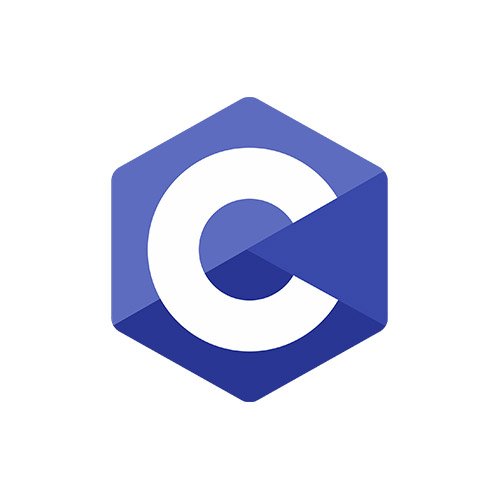C - Language
To know about the C language, visit our blog. It is becoming popular for its features and is implemented by many compilers.

The nature of a programming language:
Programmers can design instructions for a computer to take. These instructions are called a program.
The fundamental basics of C language:
C is the general purpose programming language. it was created in 1970 by Dennis Ritchie.C is an imperative procedural language that supports structured programming, lexical variable scoping, and recursion, with a static type system. C language offers low-level memory access language constructs that efficiently map to machine instructions, all with minimal runtime support. Despite its low-level features, the language was designed to encourage cross-platform programming. A standards-compliant C program written with portability in mind can be compiled for a wide variety of computer platforms and operating systems with few changes to your source code.
Topics learners should learn in the C language:
-
- What is language?
- What is a program?
- What are Text editors and their types?
- What is an Operating System?
- What are Storage Devices?
- Fundamentals of C language.
- How to write the first program?
- How does the OS execute the program?
- Entry point of program.
- Syntax of writing code.
- Keywords
- What is case sensitive language?
- What is the compiler and its working?
- Header Files and its functionality.
- What is Printf function and how it works
- What are operators?
- How to accept input from the keyboard?
- If / Else conditions
- Looping construct
- What is an array?
- What is function, prototype, function body and return type?
- Binary code System
- Characters
- Strings
- Scanf functionality
- What is fflush?
- Fgets (input as string)
- Data type identification
- What is Asterisk / Star?
- Pointers
- Global variable and local variable
- What is struct?
- Pointers to a structure
- Pointers Algorithm
- Dynamic memory Allocation
- Pointers as an array
- Create Library
- File Handling
- Command line arguments
- Library creation
Data Structures
- Linear Sorting
- Bubble Sorting
- Selection Sorting
- Insertion Sorting
- Heap sorting (max and min Heap)
- Stack
- Queue
- Radix Sort
- Quick Sort
- Merge Sort
- Shell Sort
- Data Structures : Singly Linked List
- Double Linked list
- Binary Search Tree
- Back tracking
- Recursion
- AVL Tree
- Red black tree
- Graphs
Programs
- Hello World
- Sum 2 numbers
- If else ladder
- Factorial
- Fibonacci
- Prime number
- Armstrong number
- Array logics, find smallest, largest, 2nd largest.
- Reverse an array
- Search a number in an array, count how many times.
- Count length of string, convert to uppercase, lower case, capitalise.
- Palindrome string logic
- Left trim, right trim, all trim.
- Accept two strings and checking 1st string in 2nd string
- Find and replace strings.
- All above string and sorting with help of pointers
- All above string and sorting by recursion
- Singly linked list as students records
- Doubly linked list as student records
- File Handinly examples to read, write and all operations.
Conclusion:
Create an application for Anything that should contain
- Crud Operations
- File handling
- Use data structures
What's Your Reaction?

















